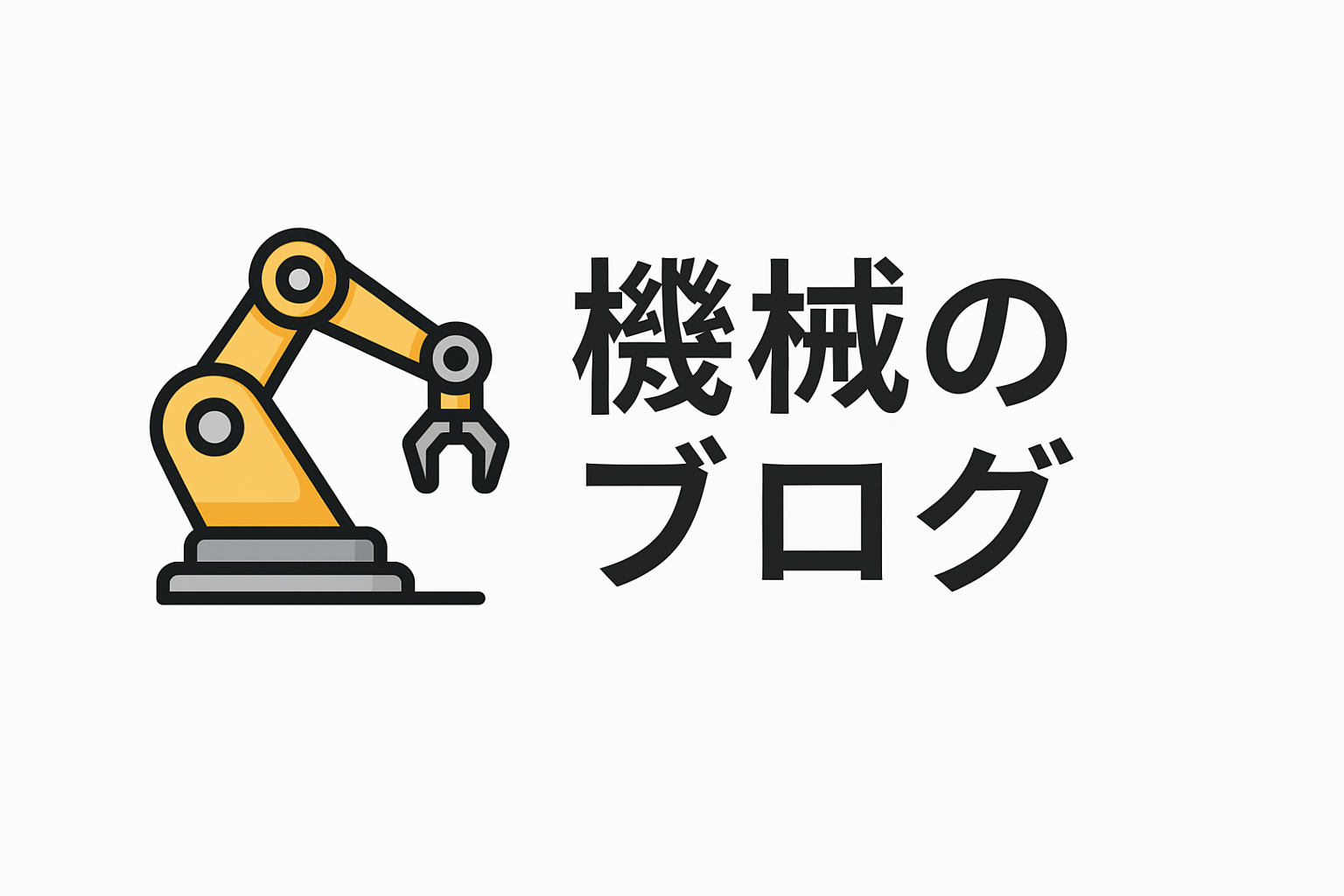Carbon Clear Declaration: Creating a Sustainable Future
As the world grapples with the pressing challenge of climate change, industries across the globe are taking proactive steps to mitigate their carbon footprints. The manufacturing sector, a significant contributor to global emissions, faces both challenges and opportunities in this green transition. The Carbon Clear Declaration represents a pivotal commitment towards achieving sustainability in manufacturing. This article delves into the essence of this declaration, exploring its implications, strategies, and the road ahead for manufacturing professionals seeking to create a sustainable future.
1. Understanding the Carbon Clear Declaration
The Carbon Clear Declaration is a comprehensive commitment by manufacturers to drastically reduce carbon emissions and move towards net-zero targets. This initiative is not just about reducing emissions, but it also embodies a broader vision of transforming manufacturing processes to be environmentally sustainable. By signing this declaration, companies pledge to implement practices that significantly lower their carbon footprint, invest in renewable energy, and embrace innovative technologies that promote sustainability.
This initiative aligns with global efforts such as the Paris Agreement, which aims to limit global warming to below 2 degrees Celsius above pre-industrial levels. Manufacturers who adopt the Carbon Clear Declaration are at the forefront of implementing ESG (Environmental, Social, and Governance) principles, thereby enhancing their corporate reputation and competitiveness.
2. The Role of Technology in Achieving Carbon Neutrality
Technology plays a crucial role in enabling manufacturers to meet their carbon reduction targets. Innovations such as artificial intelligence (AI), the Internet of Things (IoT), and advanced analytics are transforming the way manufacturing processes are managed. These technologies provide real-time data and insights that facilitate efficient energy use, predictive maintenance, and optimized production schedules.
For instance, AI-driven energy management systems can significantly reduce energy consumption by optimizing heating, ventilation, and air conditioning (HVAC) systems. Similarly, IoT sensors can monitor equipment performance, preemptively identifying maintenance needs and reducing downtime. By leveraging these technologies, manufacturers can minimize waste, lower energy costs, and enhance operational efficiency, all while reducing their carbon footprint.
3. Sustainable Materials and Circular Economy
The shift towards sustainable materials and the adoption of a circular economy model are critical components of the Carbon Clear Declaration. Sustainable materials, such as recycled metals, bioplastics, and responsibly sourced raw materials, help reduce the environmental impact of manufacturing processes. By prioritizing these materials, manufacturers can decrease their reliance on finite resources and lower their greenhouse gas emissions.
The circular economy model emphasizes the importance of designing products for longevity, reuse, and recyclability. This approach not only minimizes waste but also maximizes resource efficiency. Manufacturers are encouraged to develop products that can be easily disassembled and repurposed, extending their lifecycle and reducing the need for new raw materials. This not only supports sustainability goals but also offers economic benefits by reducing material costs and creating new business opportunities in recycling and remanufacturing.
4. Engaging Stakeholders and Building Partnerships
Achieving the ambitious goals of the Carbon Clear Declaration requires collaboration across the entire value chain. Manufacturers must engage with stakeholders, including suppliers, customers, and policymakers, to foster a culture of sustainability and innovation. Building strategic partnerships is essential to drive collective action towards carbon neutrality.
For manufacturers, this means working closely with suppliers to ensure that raw materials are sourced sustainably and that supply chains are optimized for minimal environmental impact. It also involves collaborating with customers to develop products that meet their sustainability expectations and provide transparency regarding carbon emissions. Policymakers play a crucial role by creating regulatory frameworks and incentives that support the transition to a low-carbon economy.
5. Measuring Progress and Ensuring Accountability
A key aspect of the Carbon Clear Declaration is the commitment to transparency and accountability. Manufacturers are required to set measurable targets and regularly report on their progress towards achieving carbon neutrality. This involves implementing robust measurement and verification systems to track emissions, resource use, and the overall environmental impact of manufacturing processes.
Third-party certifications and audits can play a vital role in ensuring credibility and accountability. By adhering to internationally recognized standards, such as ISO 14001 for environmental management, manufacturers can demonstrate their commitment to sustainability and build trust with stakeholders. Regular reporting and transparent communication of progress not only enhance accountability but also help identify areas for improvement and drive continuous innovation.
Conclusion
The Carbon Clear Declaration represents a significant step forward in the manufacturing industry’s journey towards sustainability. By embracing this commitment, manufacturers can lead the charge in reducing carbon emissions, driving innovation, and creating sustainable business models that benefit both the environment and society. The pathway to a sustainable future is paved with challenges, but it also presents unprecedented opportunities for growth and transformation.
As manufacturing professionals, the onus is on us to harness the power of technology, materials, and partnerships to build a resilient and sustainable industry. By doing so, we not only contribute to a healthier planet but also ensure the long-term success and competitiveness of our businesses in an increasingly eco-conscious market. The Carbon Clear Declaration is more than just a commitment; it is a call to action for all stakeholders in the manufacturing ecosystem to come together and create a sustainable future for generations to come.

